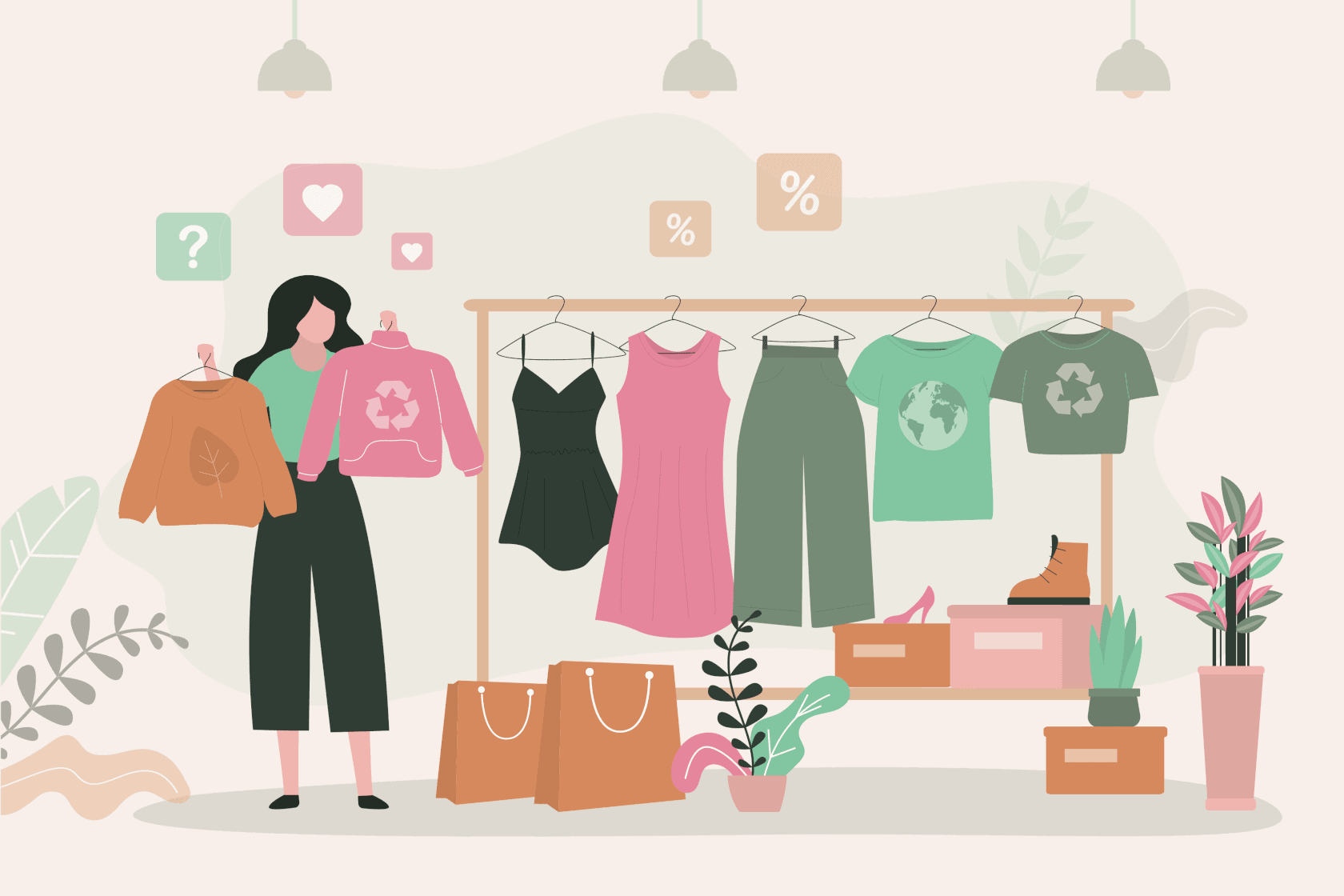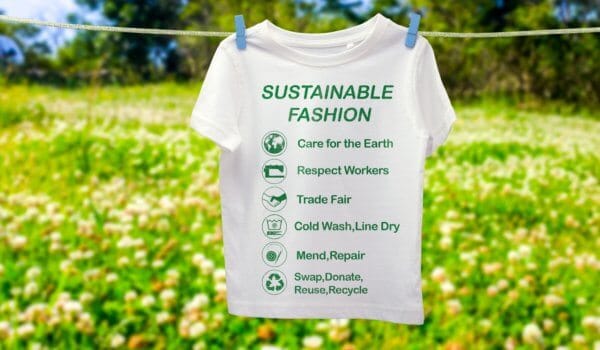You probably have heard a lot about sustainable fashion recently, but what is it actually? And is there hope for a brighter future? Read our first article on sustainable fashion to learn more about this relatively new movement in the industry.
Sustainability seems to be one of the most popular buzzwords of this generation, and rightfully so. When you are living through an ecological catastrophe, not to be dramatic, with the younger generation leading the path to change, it is only logical that it starts affecting all other industries in the capitalist society. One of such industries is of course fashion.
The fashion world is no longer a “private club” that is all about fashion weeks, expensive clothes, and influencers. With the knowledge that fashion has a huge impact on our environment and is in fact the second-largest polluter in the world (after oil companies), there comes the demand for change. Young people no longer want to support fashion houses that choose to stay silent about the damage that they cause, and they demand change. How realistic is that demand in the world of overconsumption, where any desire is easier to fulfill now than ever before? Can we believe in change? Most importantly, can we make it happen?
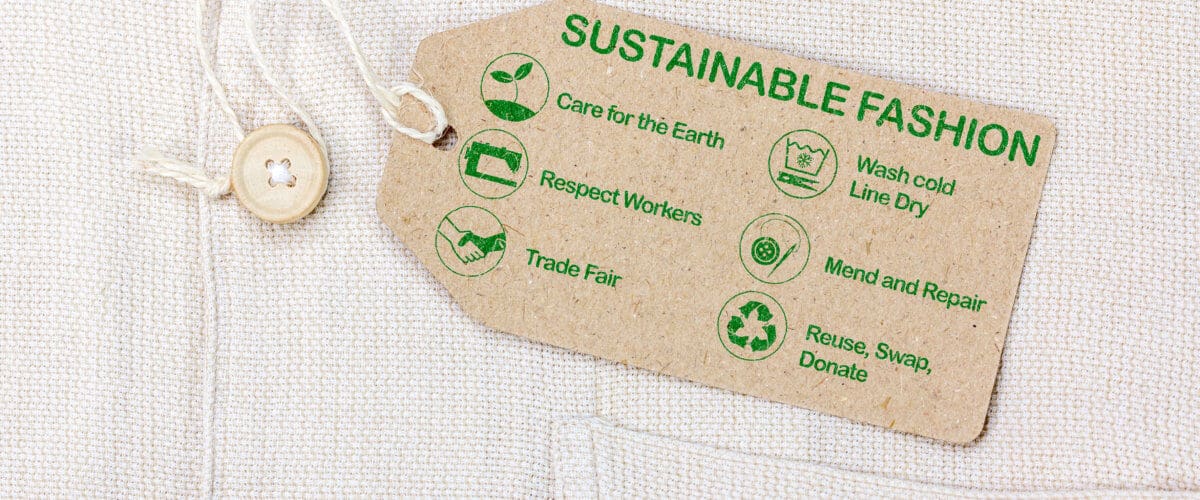
What Is Sustainable Fashion?
Sustainable fashion is a fairly new movement that has arisen in response to the environmental issues related to the fast fashion consequences that our generation has caused. Sustainable fashion is all about doing your research into the brands you are buying from. Making sure that they are ethical, eco-friendly, and sustainable.
The sustainable fashion movement is a reminder to us that our consumer choices affect not just the way we look and how we are being perceived by others, but also, and even more so, our planet. You are the force that is able to make a difference by simply choosing to support and therefore buy from the brands that check all the marks mentioned above.

Fast Fashion vs Slow Fashion
Now that we established what sustainable fashion is all about, we need to state that sustainability costs more. In the world of Sheins and Fashionnovas, major global fast fashion e-commerce brands, where cheap clothing is cheaper than ever, some might say that they simply cannot afford sustainability. This seems to be one of the most used excuses for not supporting slow fashion brands and it is true.
However, by investing in slow fashion pieces you are saving money in the long run. Your $5 top from Shein will either tear apart after a few wears, or in most case scenarios will end up in your trash can, therefore continuing the ecological disaster that we are living through. On the other hand, by investing in ethical fashion brands’ pieces you get to wear and reuse them for several years, and not throw away your clothes after a couple of wears.
Thrift shops are another great way to save your money and save the planet. You can help decrease the amount of ‘fashion trash’ in the world by giving it a new life. Luckily, thrifting became somewhat of a trendy thing that cool kids do nowadays. You can see many popular TikToks showing how you can remake an old item from a thrift shop by having some creative vision, inspiration, and imagination.
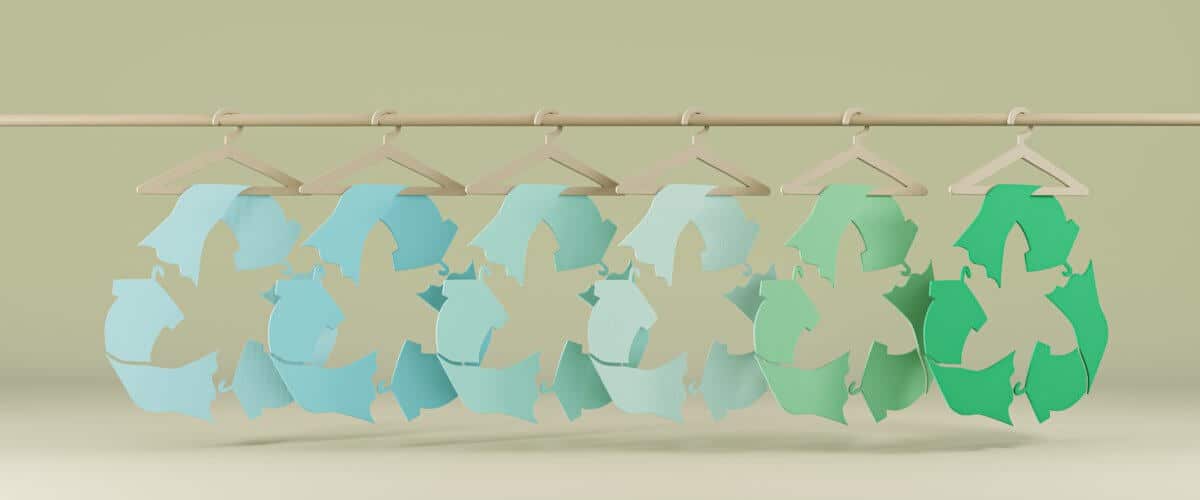
Criticism
There is however some criticism of the idea of sustainable fashion. In his article for Harvard Business Review “The Myth of Sustainable Fashion”, Kenneth P. Pucker argues that new business models have not lessened the harmful impact of the fashion industry over the last 25 years and that telling consumers to invest in more expensive pieces doesn’t work. Instead, Pucker proposes the industry itself needs to be held accountable and “disclose their lobbying efforts.”
Another example of pretentious changes in fashion can be conveyed by one term — greenwashing. Greenwashing is the term used to describe the paradox when a company spends more money on pretending to be environmentally friendly than on actually being environmentally friendly. It explains the situation we have seen too often lately, where companies mislead the masses with their environmental claims that are far from reality. For example, you might have seen Zara and H&M lately claim to be sustainable but provide little to no details on their environmental initiatives. According to Fast Company, the Norwegian Consumer Authority (CA) says that H&M is not able to explain the difference between their sustainable and regular pieces and if they are in fact sustainable.
Such instances create the general resentment to the idea of change in the industry being possible and probable, and discourage the consumers from trying to be more conscious with their shopping choices.

Why Sustainable Fashion Matters
Sustainable fashion might cost more, but what should matter more than the price tag is what it takes for your $5 top to be made. What are the working conditions of the employees at the factories making those tops, dresses, and pants? What is the percentage of the pollution that this company creates? Are the materials sustainable (i. e. recycled polyester and organic cotton)?
It is easy to not care where your garment comes from, and I hate to break it to you they don’t grow on the trees. Trends come and go quickly, but the lifespan of an item is much longer than that of a trend. The truth is we are all part of the same problem, some more, some less, yet still, we are all to be held accountable. It takes time, effort, sacrifice, and dedication to learn to be conscious with your shopping, to do research on what you are buying, what brands you are investing into, and what they do with the money you give them.
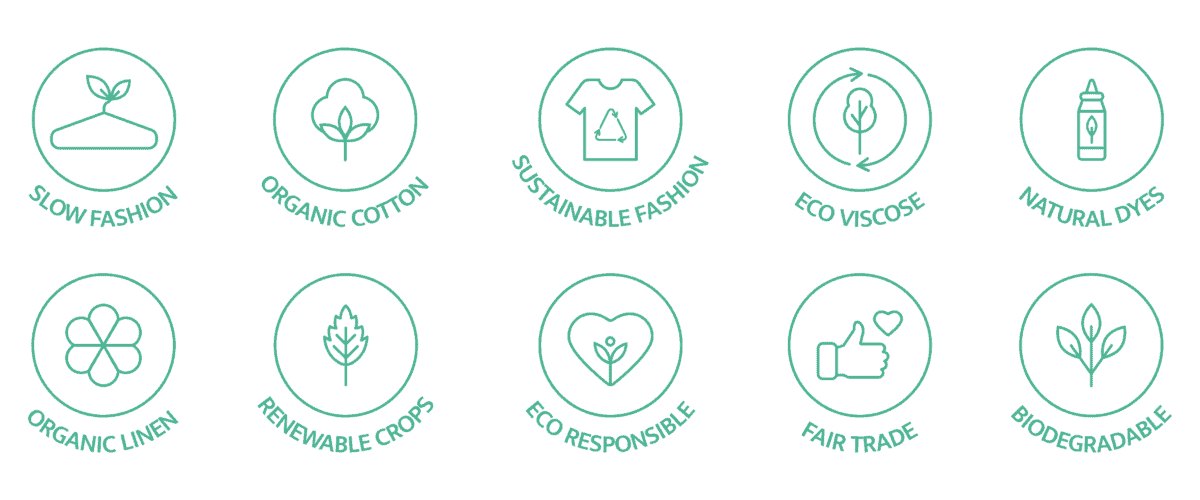
What You Can Do to Support It
There are a few real things you can do to support sustainable fashion today.
The first and the easiest is to check the tags. Even a simple fact about where the garment was made can help you determine if the brand is ethical and cares about the working conditions of their factory employees.
Do your research to determine whether the brand is really sustainable and eco-friendly.
When shopping ask yourself if you really need a certain item that you are buying and how many times are actually going to wear it.
If you are trying to buy clothes that will last long, it is also important to check the seams of the clothing. This will help you to determine if the quality of this piece is going to make it last longer in your wardrobe.
Last but not least, repair, remake, upcycle and reuse your products before you decide to get rid of them. It is time to take accountability for your shopping decisions.
Illustration: Naumova Marina/shutterstock
You might also like:
Support us!
All your donations will be used to pay the magazine’s journalists and to support the ongoing costs of maintaining the site.
Share this post
Interested in co-operating with us?
We are open to co-operation from writers and businesses alike. You can reach us on our email at [email protected]/[email protected] and we will get back to you as quick as we can.
